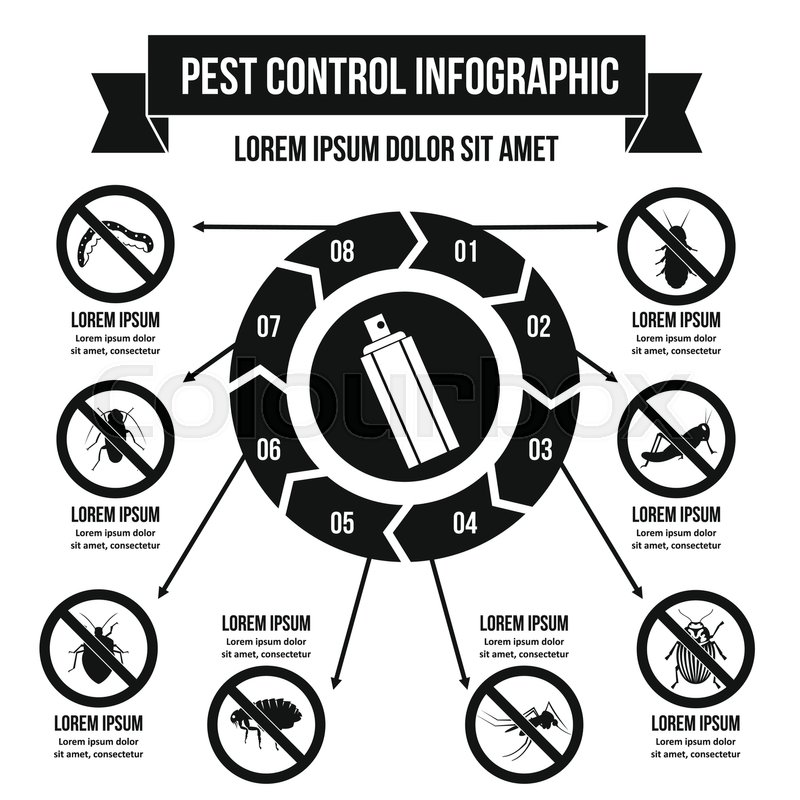Find Out Crucial Methods To Safeguard Your House From Rodents In The Attic Room
Find Out Crucial Methods To Safeguard Your House From Rodents In The Attic Room
Blog Article
Composed By-Silver Park
Picture your attic as a comfortable Airbnb for rodents, with insulation as cosy as hotel cushions and wiring extra luring than area service. Currently, think of these undesirable guests tossing a wild party in your home while you're away. As a homeowner, guaranteeing your attic room is rodent-proof is not almost peace of mind; it has to do with securing your property and enjoyed ones. So, what simple actions can you require to secure your haven from these hairy burglars?
Examine for Entrance Information
To start rodent-proofing your attic, check for entrance factors. Begin by carefully analyzing the exterior of your home, looking for any kind of openings that rodents can utilize to gain access to your attic. Check for voids around energy lines, vents, and pipes, along with any kind of splits or holes in the structure or siding. Make sure to pay attention to locations where different structure materials fulfill, as these prevail entry points for rodents.
Additionally, check the roofing system for any harmed or missing shingles, along with any kind of gaps around the sides where rodents can squeeze through. Inside the attic, seek signs of existing rodent task such as droppings, ate cables, or nesting products. Make use of a flashlight to thoroughly examine dark corners and concealed rooms.
Seal Cracks and Gaps
Check your attic extensively for any kind of fractures and spaces that need to be sealed to prevent rodents from going into. Rats can squeeze via even the tiniest openings, so it's important to seal any type of possible entry points. bulwark pest control around pipelines, vents, cable televisions, and where the walls satisfy the roof. Make use of a combination of steel wool and caulking to seal off these openings effectively. Steel woollen is an outstanding deterrent as rats can not chew with it. Make certain that all gaps are securely sealed to deny accessibility to unwanted parasites.
Don't overlook the value of securing gaps around doors and windows too. Use climate removing or door sweeps to seal these areas efficiently. Examine the locations where utility lines go into the attic and secure them off utilizing an appropriate sealer. By putting in the time to secure all fractures and gaps in your attic, you create a barrier that rodents will certainly find hard to breach. Avoidance is type in rodent-proofing your attic, so be extensive in your initiatives to seal off any type of possible access factors.
Remove Food Resources
Take aggressive procedures to get rid of or save all prospective food resources in your attic to prevent rodents from infesting the room. Rats are attracted to food, so eliminating their food resources is vital in keeping them out of your attic.
Below's what you can do:
1. ** Shop food firmly **: Stay clear of leaving any food products in the attic. Suggested Studying in airtight containers made of steel or sturdy plastic to prevent rodents from accessing them.
2. ** Tidy up debris **: Eliminate any stacks of debris, such as old newspapers, cardboard boxes, or wood scraps, that rodents could use as nesting product or food sources. Keep the attic room clutter-free to make it less appealing to rodents.
3. ** Dispose of rubbish appropriately **: If you utilize your attic for storage space and have garbage or waste up there, make certain to get rid of it consistently and properly. Rotting garbage can draw in rats, so maintain the attic room tidy and without any kind of organic waste.
Verdict
Finally, keep in mind that an ounce of prevention is worth an extra pound of treatment when it involves rodent-proofing your attic room.
By taking the time to evaluate for entrance points, seal splits and voids, and remove food resources, you can keep undesirable parasites away.
Remember, 'An ounce of prevention deserves an extra pound of cure' - Benjamin Franklin.
Remain positive and protect your home from rodent infestations.
